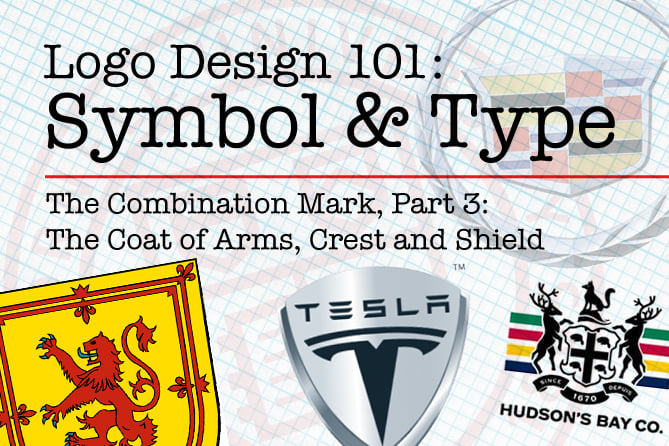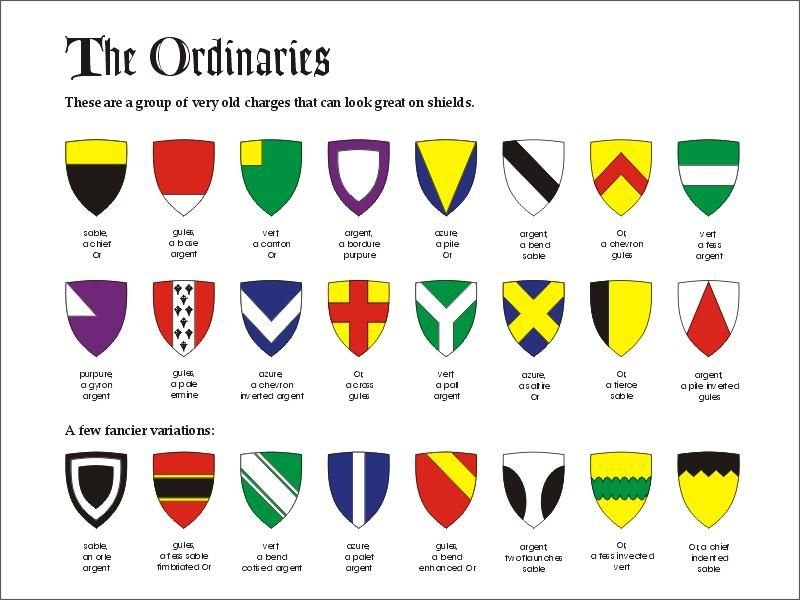Shields symbolize protection, strength, and resilience. They communicate stability, tradition, and confidence.
Throughout history, shields have played a crucial role in warfare, representing status and identity. Spiritual motifs and symbols were often incorporated into shield designs to invoke protection, power, and strength. The shape of a shield also held significance, with different designs serving various purposes.
In essence, shields embody the idea of safeguarding and defending, representing an unwavering resolve and a commitment to standing firm in the face of adversity. Understanding the symbolism of shields provides insight into the cultural and historical significance of these powerful defensive instruments.
The Shield’s Essence
The symbol of a shield carries a deep and rich history, representing various aspects of human life and culture. From its historical significance to its spiritual and protective roles, the essence of a shield goes beyond its physical form.
Historical Significance
The use of shields dates back to ancient civilizations, where they were essential tools for protection in battles and warfare. Shields were not only practical defensive weapons but also carried significant cultural and symbolic meanings. They were often adorned with emblems and designs that represented the identity and values of the warriors and their communities.
Spiritual And Protective Roles
Shields have played a crucial role in spiritual and symbolic contexts across different cultures. In many belief systems, the shield is seen as a symbol of protection, strength, and resilience. It represents the idea of safeguarding oneself from negative energies, adversity, and spiritual harm. The shield also embodies the concept of standing firm in one’s beliefs and values, providing a sense of security and faith.

Credit: www.marketing-partners.com
Shapes And Meanings
Shields have deep symbolism, representing stability, protection, tradition, and confidence. They were more than just defensive weapons in medieval times, symbolizing status and identity in warfare. Spiritual motifs were often incorporated, invoking power and strength.
A shield is not just a piece of armor, but a symbol with deep meanings. The shape of a shield can convey various messages and associations, reflecting its evolution and the cultural context in which it is used. Let’s explore the evolution of shield shapes and their gender and clerical associations.
Evolution Of Shield Shapes
The shapes of shields have changed throughout history, adapting to different types of warfare and purposes they served. In medieval times, shields were often designed with a specific shape that represented the function and role of the warrior.
For instance, a lozenge or diamond shape shield was commonly used by women who did not go to war, as well as clergy members who did not engage in battle. This shape symbolized their non-combatant status and their dedication to other aspects of life.
On the other hand, shields used by warriors on the battlefield were often broader and more elongated, providing better protection against enemy attacks. These shield shapes symbolized strength, defense, and the courage to face adversaries head-on.
Gender And Clerical Associations
The association of shield shapes with gender and clerical roles is deeply rooted in historical and cultural contexts. The use of specific shield shapes helped differentiate between those who participated in warfare and those who did not.
Women, who traditionally did not engage in battles, used shield shapes that reflected their non-combatant status. This symbolism emphasized their roles as protectors of home and family, as well as their dedication to peace and harmony.
Similarly, clergy members, who focused on spiritual matters rather than physical combat, adopted shield shapes that represented their religious duties. These shields symbolized their commitment to protecting and guiding their congregation, using their spiritual strength as a shield against evil.
It is important to note that shield shapes and their associations can vary across different cultures and time periods. The symbolism attached to shields is a dynamic aspect of human history, reflecting the values, beliefs, and roles of individuals within society.
Defensive And Offensive Uses
The symbolism of shields goes beyond their physical purpose in combat. Shields have been deeply ingrained in human culture as symbols of protection, strength, and resilience. This symbolism extends to their defensive and offensive uses in warfare, where shields have played crucial roles in safeguarding warriors and enabling strategic maneuvers.
Shields In Combat
Shields have been indispensable tools in combat, serving as the primary means of defense for warriors. In battle, shields were utilized to block incoming attacks, deflect projectiles, and create a protective barrier against adversaries. The defensive nature of shields allowed warriors to withstand assaults and maintain their ground amidst the chaos of combat.
Alternative Uses In Warfare
While shields are commonly associated with defense, they also possess offensive capabilities. Apart from shielding warriors from harm, shields were employed as weapons to bash, push, or even impale foes. Additionally, shields were utilized to form shield walls, a defensive tactic that could also be used offensively to advance or hold strategic positions on the battlefield.
Connotations Of Shield Imagery
Shield imagery holds connotations of protection, strength, and resilience. In various cultures, shields symbolize defense and security, representing courage and the ability to withstand adversity. The design and motifs on shields also convey messages of power, tradition, and identity, making them potent symbols in history and mythology.
Shields have been used for centuries as a symbol of protection, strength, and courage. In many cultures, the shield represents the warrior’s ability to defend themselves and their community. The symbolism of shields can be seen in various forms of art, literature, and even modern logos. Let’s explore the common synonyms and attributes conveyed by shields.Common Synonyms And Their Implications
While the word “shield” itself represents protection, there are various synonyms that convey different connotations. For example, the word “defend” implies protective intervention in imminent danger or actual attack, while “guard” suggests a watchful protection against harm. “Protect” and “safeguard” both indicate keeping something secure from danger or against attack. Each of these synonyms carries a slightly different meaning, but they all convey a sense of security and safety. When used in the context of shield imagery, they reinforce the idea of protection and fortitude.Attributes Conveyed By Shields
The symbolism of shields goes beyond just protection and safety. Shields can also convey attributes such as stability, longevity, tradition, and masculinity. A shield design can communicate toughness, boldness, confidence, and a no-retreat, no-surrender attitude. In addition, shields have been used to represent spiritual motifs, invoking protection or power, or both. For example, in Christianity, the shield of faith is one of the armor pieces in the Armor of God, representing the believer’s trust in God’s protection. In ancient Greek mythology, the shield of Achilles was said to have magical powers, making its wearer invincible in battle. Overall, the connotations of shield imagery are powerful and enduring. They represent strength, courage, and protection, and have been used throughout history to convey these attributes. Whether in art, literature, or modern logos, the symbolism of shields continues to be a meaningful and relevant representation of fortitude and resilience.Battle Shields And Symbolism
Shields hold deep symbolism, representing stability, protection, and strength. They were not only used in battle but also conveyed status, identity, and played a crucial role in warfare throughout history. Shields served as a powerful tool to invoke protection, power, and confidence.
Importance In Warfare
Battle shields have been used throughout history to protect warriors in combat. They were not only a means of defense, but also served as a symbol of the warrior’s bravery and strength. In many cultures, the shield was considered to be as important as the sword. It was often decorated with intricate designs, colors, and symbols to intimidate the enemy and boost the morale of the warrior. The shield was also used to identify the warrior’s allegiance, as it could be adorned with the colors and symbols of their clan or tribe.Spiritual Motifs
In addition to their practical use in battle, shields have also been imbued with spiritual meaning in many cultures. Spiritual motifs were often incorporated into the design of the shield to invoke protection or power, or to represent the warrior’s connection to their deity or beliefs. For example, in Christianity, the shield is often used as a symbol of faith, as it represents the protection and strength that comes from a strong belief in God. In Norse mythology, the shield was associated with the god Odin, who was believed to have the power to protect warriors in battle.Examples Of Shield Symbolism
Throughout history, shields have been decorated with a wide variety of symbols and motifs. Here are some examples of shield symbolism:- The cross – a symbol of Christianity and faith
- The eagle – a symbol of strength and power
- The lion – a symbol of courage and bravery
- The sun – a symbol of warmth, light, and life
- The dragon – a symbol of protection and good luck

Credit: www.medievalchronicles.com
Identity And Status Markers
Shields have long been symbolic of protection, strength, and identity. Throughout history, shields have represented status and played a crucial role in warfare. They communicate stability, tradition, confidence, and a no retreat, no surrender attitude. Spiritual motifs were often used on shields to invoke protection and power.
Shields, like veils, shield and protect what is covered by them, while swords represent the opposite, embodying aggression and offense. Overall, shields hold deep symbolism and serve as powerful markers of identity and status.
Medieval Shields As Status Symbols
During the medieval period, shields were not only used for protection during battles, but they also served as status symbols. The design and decoration of a shield could indicate the social status of the owner. Shields were adorned with various symbols and colors that represented a particular family or clan. The more intricate the design, the higher the status of the owner. Shields were also used to display the accomplishments of a warrior, such as the number of battles they had won or the nobility they had served.Personal Identity And Heraldry
Shields were not just used to display status, but also to represent personal identity. Heraldry was a system used to identify individuals and families through specific symbols and colors displayed on a shield. Each symbol had a specific meaning and represented a particular aspect of the owner’s life, such as their occupation or family history. Heraldry was also used to distinguish between friend and foe during battles. This allowed warriors to easily identify allies and enemies, preventing friendly fire incidents. Overall, shields played a significant role in medieval society as both status symbols and personal identifiers. Their intricate designs and symbols allowed for easy recognition and communication of social status and personal identity.Color And Symbol Interpretations
Shields hold deep symbolism, representing protection, strength, and resilience. In various cultures, shield designs communicate stability, tradition, and masculinity, serving as more than just defensive weapons in warfare. Spiritual motifs on shields were used to invoke protection and power, conveying strength and ability.
Color and Symbol Interpretations are important aspects of understanding the meaning behind shields. The colors and symbols used on a shield can convey a message about the person or group carrying it. In this section, we will explore the various meanings behind shield colors and the iconography used on shields.Meaning Of Shield Colors
Shields come in a variety of colors, each with its own meaning. Here are some common shield colors and their interpretations:| Color | Meaning |
|---|---|
| Red | Represents courage, strength, and military prowess |
| Blue | Symbolizes loyalty, truth, and piety |
| Green | Represents hope, joy, and loyalty in love |
| Yellow | Symbolizes honor, wisdom, and generosity |
| Black | Represents constancy, grief, and death |
| White | Symbolizes peace, innocence, and purity |
Iconography On Shields
In addition to colors, the symbols and images on a shield can also convey meaning. Here are some common iconography used on shields and their interpretations:- Cross – Represents faith, piety, and devotion
- Lion – Symbolizes courage, strength, and royalty
- Eagle – Represents strength, courage, and freedom
- Dove – Symbolizes peace, purity, and love
- Dragon – Represents power, strength, and protection
Transformation Over Time
The symbolism of shields has evolved over time, reflecting changes in warfare, culture, and technology. The transformation of shields has been influenced by various factors, including the reduction in shield size and adaptations for mobility.
Reduction In Shield Size
Shields have undergone a significant reduction in size over time. In ancient times, shields were large and heavy, providing extensive protection but limiting mobility. As warfare tactics evolved, smaller and more maneuverable shields became essential for effective combat.
Adaptations For Mobility
To meet the demands of evolving combat scenarios, shields were adapted for enhanced mobility. These adaptations included the development of lighter materials and innovative designs to ensure that warriors could move swiftly while maintaining adequate protection. The evolution of shields reflects the prioritization of agility and flexibility in battle.

Credit: www.vecteezy.com
Frequently Asked Questions
What Does A Shield Mean Spiritually?
Spiritually, a shield represents protection and strength during trials and battles. It symbolizes faith, security, and the ability to stand firm in one’s beliefs.
Does The Shape Of A Shield Mean Anything?
The shape of a shield can have symbolic meaning. For example, a lozenge or diamond shape shield was often used by women or clergy who did not go into battle. The shape of shields has changed over time to adapt to different types of warfare or purposes they served.
Shields can represent stability, protection, tradition, masculinity, and more.
What Is The Purpose Of A Shield?
The purpose of a shield is to provide protection from enemy blows and deflect projectiles. It is a widespread defensive weapon used by warriors throughout history. Shields can symbolize stability, protection, longevity, tradition, masculinity, and confidence. They also played a central role in warfare, symbolizing status and identity.
What Are The Connotations Of Shield?
The connotations of a shield include protection, defense, stability, and courage. Shields also symbolize longevity, tradition, masculinity, and no retreat. In warfare, they represent status and identity. Additionally, spiritual motifs on shields invoke protection, power, strength, and ability.
What Is The Spiritual Meaning Of A Shield?
A shield symbolizes protection and faith. It can guard us during trials, doubts, and fears, offering us the strength to stand firm in our beliefs.
Conclusion
Shields hold significant symbolism in various aspects of life. They represent protection, stability, and strength, serving as a source of confidence and boldness. Shields have been used throughout history to convey status, identity, and power. In spiritual contexts, shields symbolize faith and the ability to withstand trials.
The shape and design of shields have evolved to adapt to different warfare techniques. Overall, shields are powerful symbols that communicate resilience and the willingness to defend what is important.

